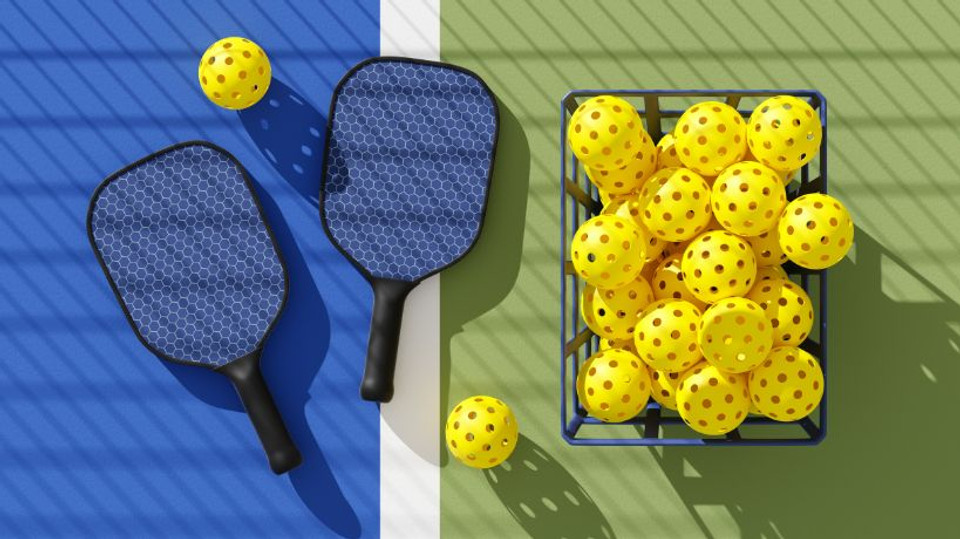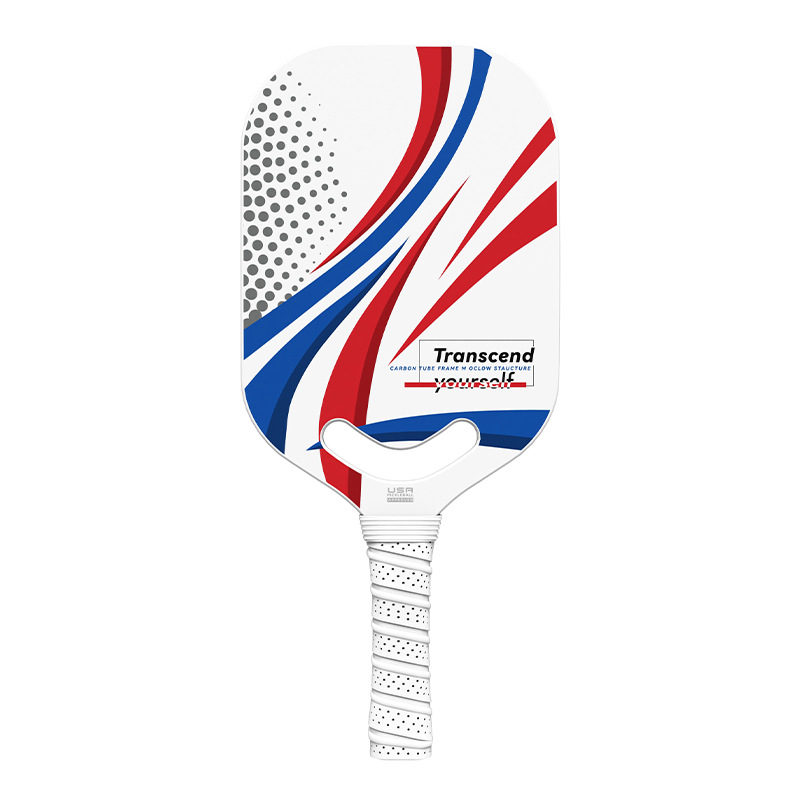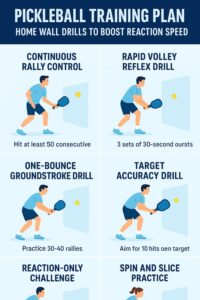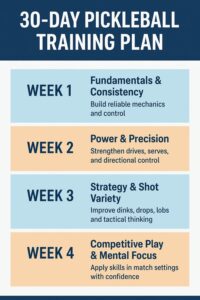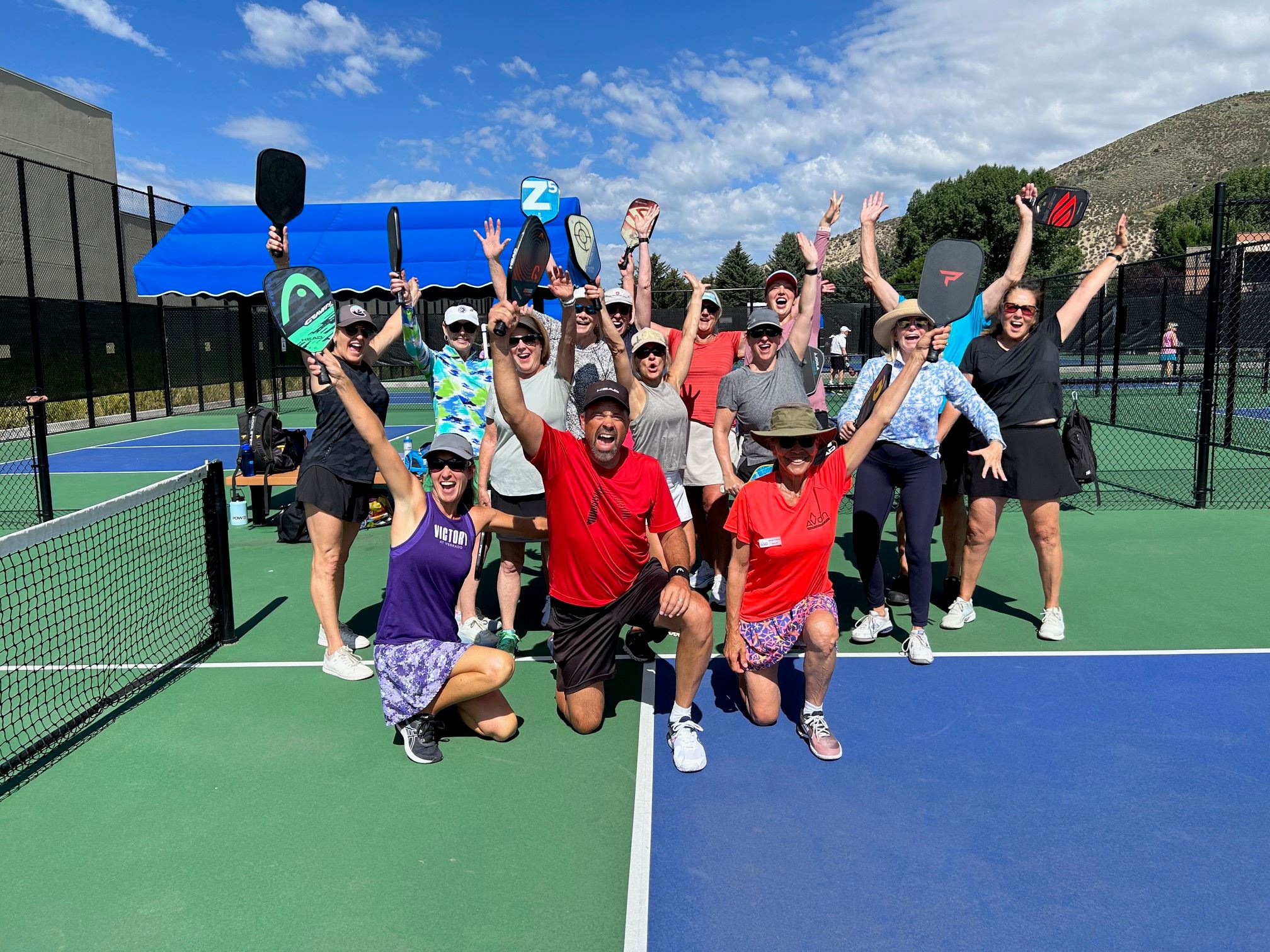
Hot article
Get the latest updates via email. Any time you may unsubscribe
In pickleball, power may earn applause, but finesse wins points. Among all the techniques that define elite-level play, the dink shot — or “soft shot” in the non-volley zone (NVZ), commonly known as the kitchen — stands as one of the most sophisticated and strategic Pickleball skills to master.
The dink is not about aggression or speed. Instead, it’s about control, patience, and precision. It’s the art of slowing the game down, forcing your opponent into errors, and dictating tempo from the most tactical area of the court.
In this comprehensive guide, we’ll explore how to master the dink shot, understand its strategic purpose, refine your touch, and learn how to control the kitchen with composure and confidence.
Pickleball Skills 101: What Is the Dink and Why It Matters
The dink is a soft shot hit from or near the kitchen line that barely clears the net and lands softly in your opponent’s non-volley zone. Its goal isn’t to hit winners — it’s to set up the point by forcing your opponent to hit upward, giving you an offensive opportunity.
Why the Dink Is One of the Most Important Pickleball Skills
Control and Precision Over Power
The dink allows you to slow the pace, neutralizing opponents who rely on aggressive drives and smashes.Patience and Positioning
Dinking rallies often involve 10, 20, or even 50 exchanges. The player who maintains better focus and consistency usually wins the point.Setting Up Offense
Well-placed dinks draw opponents out of position or cause high pop-ups that can be finished with a volley or smash.Mental Advantage
The dink forces your opponent to play your rhythm. In doubles, it’s the key to controlling the rally and dictating movement.
In short, mastering the dink is mastering tempo — and tempo control is one of the most advanced Pickleball skills of all.
Pickleball Skills: The Fundamentals of the Dink Technique
Before developing tactical dinking strategies, you must perfect your mechanics. Every dink relies on smooth body control, precise paddle angles, and soft hands.
1. Grip — The Foundation of Feel
Use a continental grip (like a handshake).
Keep your grip pressure light — around 3 or 4 on a 10-point scale.
A soft grip enhances control and absorbs pace from your opponent’s shots.
2. Stance — Stable Yet Mobile
Feet shoulder-width apart, knees bent.
Weight slightly forward on the balls of your feet.
Stay ready to adjust laterally for the next shot.
3. Paddle Position — Low and Ready
Keep the paddle in front of your body at waist level.
Avoid big swings — think compact and controlled.
4. Swing Path — Smooth and Short
Use a pendulum-like motion from your shoulder, not your wrist.
Contact the ball just in front of your body.
Follow through gently toward your target — no big finish.
5. Contact Point — Soft and Intentional
Always aim to hit the ball below the net height, brushing it upward softly.
The ball should arc just over the net and drop quickly into the kitchen.
These fundamental Pickleball skills ensure your dinks stay consistent, controlled, and unattackable.
Pickleball Skills: Mastering Dink Placement
The best players don’t just dink randomly—they use precise placement to manipulate opponents. Strategic shot placement can open the court, create confusion, and set up winning opportunities.
1. Cross-Court Dink
The cross-court dink is the foundation of dinking strategy.
The net is lower in the middle, giving you more margin for error.
The shot travels over a longer diagonal, increasing consistency.
It targets your opponent’s backhand (in most matchups).
👉 Pro Tip: Aim for the opponent’s feet on the opposite side of the kitchen.
2. Straight (Down-the-Line) Dink
This shot keeps your opponent honest.
Use it when they lean too far toward the middle anticipating cross-courts.
The straight dink is riskier because of the higher net, so use it selectively.
3. Middle Dink
Aiming for the middle can cause hesitation between opponents in doubles play.
Perfect when you sense poor communication.
Great for resetting points and breaking aggressive cross-court patterns.
4. Short Dink (Soft Drop in Front)
Drop the ball just over the net to force your opponent to step forward and reach awkwardly.
This opens space behind them.
Combine with deeper dinks to vary rhythm and depth.
5. Deep Dink (Toward the NVZ Line)
This defensive variation pushes your opponent back and resets the point.
Especially effective against players who like to crowd the net.
Each variation showcases different Pickleball skills — from control and spin to situational awareness.
Pickleball Skills: The Tactical Role of the Dink
1. Neutralizing Power Players
When facing aggressive players who love drives and smashes, consistent dinking forces them to play your pace. It removes their offensive advantage by bringing the game into the kitchen, where soft touch dominates.
2. Controlling Rally Tempo
A long dink rally is a mental battle. If you stay patient while your opponent gets impatient, you win more often. Controlling tempo demonstrates superior tactical Pickleball skills.
3. Forcing Errors
Most unforced errors at high levels happen during dink exchanges, not drives. A well-placed dink—especially a short, low one—pressures your opponent into popping the ball up or hitting into the net.
4. Setting Up Finishing Shots
The dink’s true purpose isn’t just to stay in the rally—it’s to create openings. Once your opponent pops the ball up even slightly, you or your partner can attack with a put-away volley.
5. Resetting Defensive Points
If you’re under pressure, a soft cross-court dink helps neutralize pace and buy time to reset your position.
The best players use the dink to transition from defense to offense smoothly—one of the most refined Pickleball skills to master.
Pickleball Skills: Common Dinking Mistakes and Fixes
Even advanced players make dinking errors that cost points. Here’s how to fix the most common ones.
| Mistake | Why It Happens | Correction |
|---|---|---|
| Hitting too hard | Gripping the paddle too tightly | Loosen grip pressure and shorten swing |
| Lifting too high | Overusing wrist motion | Use shoulder pendulum swing |
| Ball floating long | Contact point too far back | Meet the ball slightly in front of body |
| Hitting into the net | Paddle too low at contact | Start paddle higher and swing upward |
| Getting jammed by fast balls | Poor reaction readiness | Keep paddle out front and bend knees |
These corrections train consistency and touch—two core Pickleball skills that define elite play.

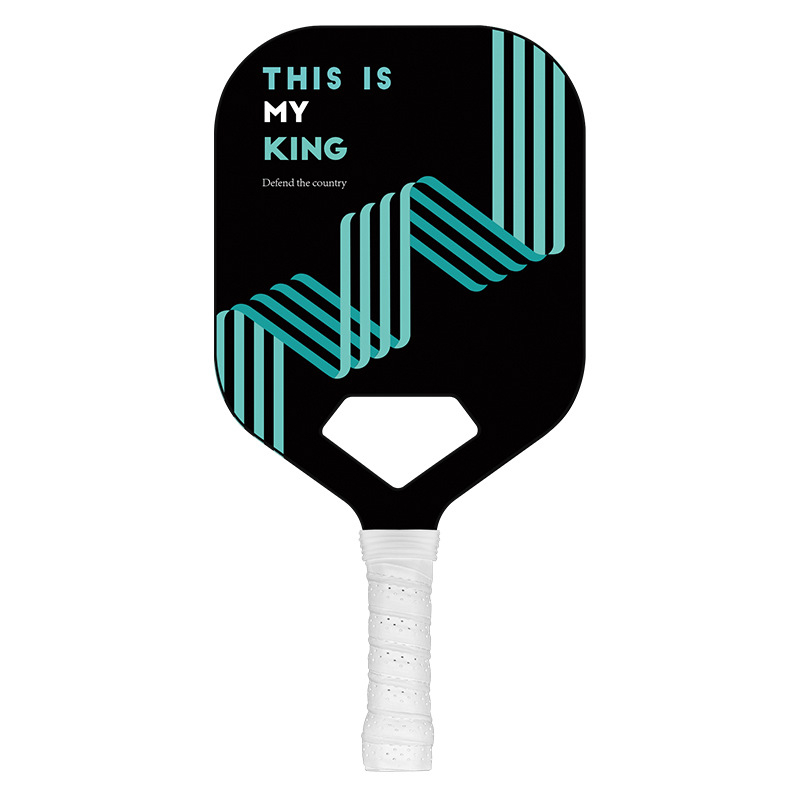
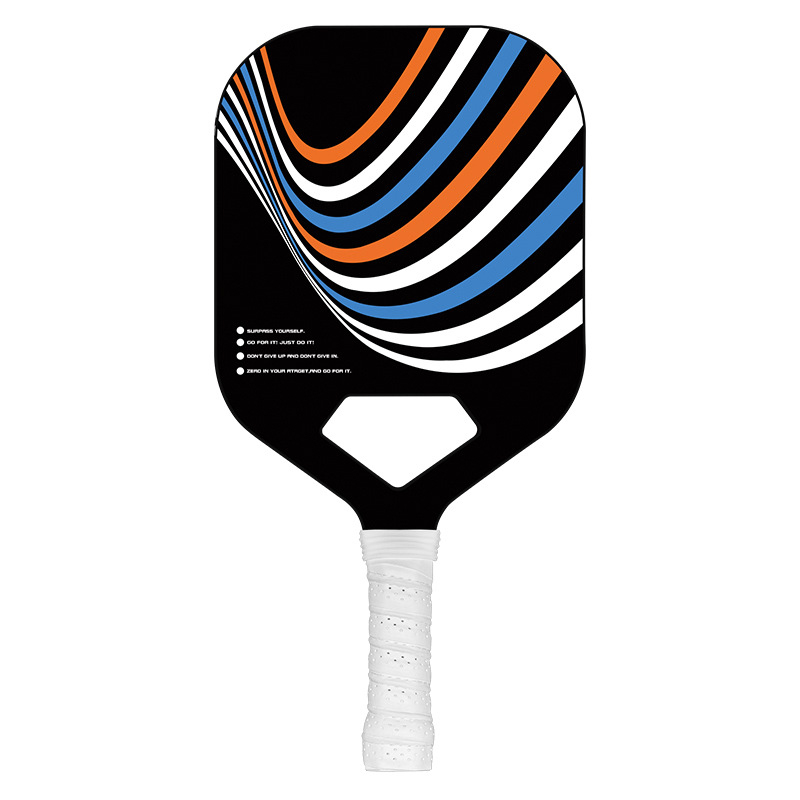
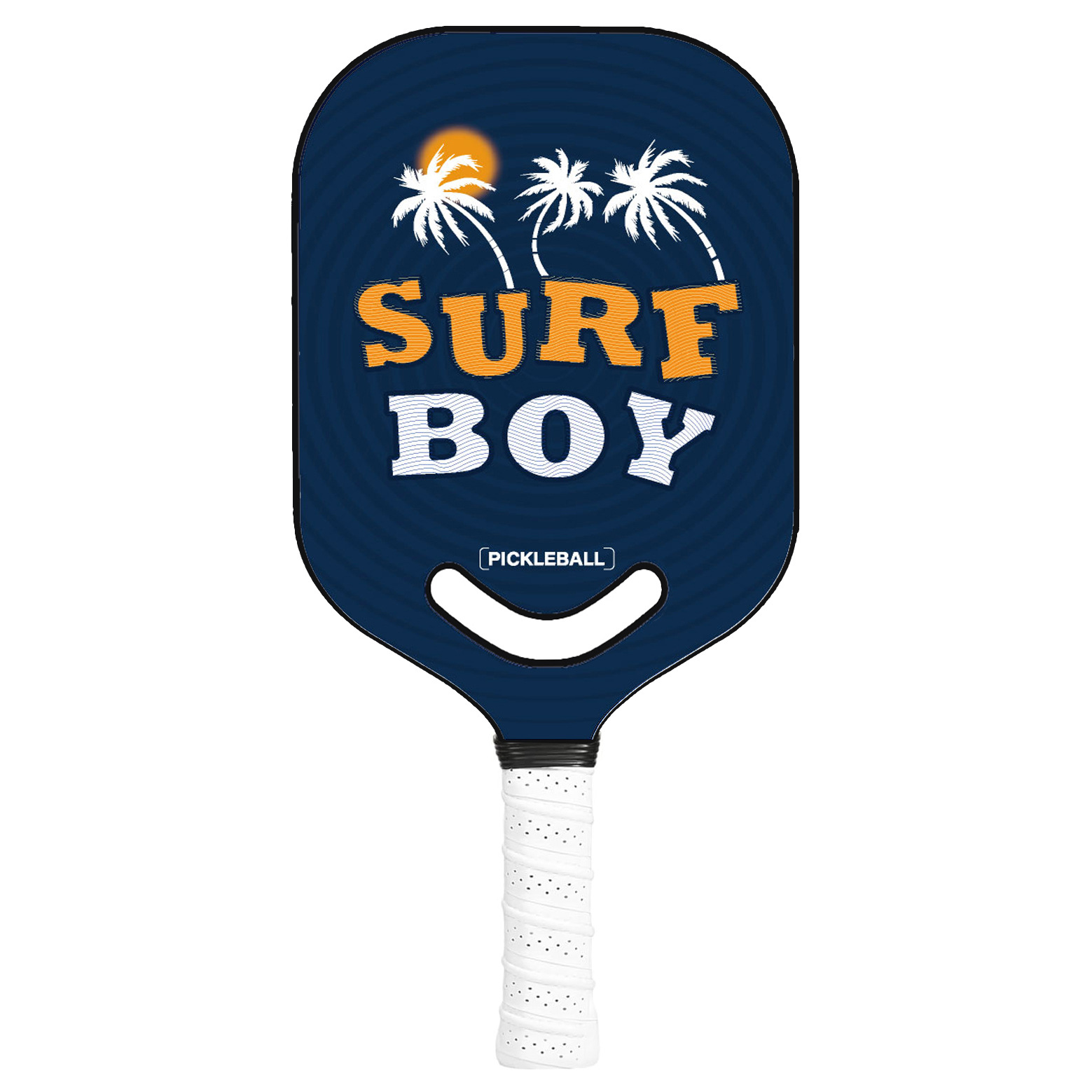
Pickleball Skills: The Mental Game of Dinking
The dink is as much a psychological weapon as it is a technical one.
1. Patience Wins
Dinking requires discipline. The goal is not to hit a winner; it’s to wait for your opponent to make the first mistake.
2. Stay Calm Under Pressure
Long dink rallies can be stressful. The player who stays composed has a major advantage. Breathe, reset, and maintain rhythm.
3. Deception Through Rhythm Changes
Mixing slow and fast dinks, or alternating short and deep placements, can confuse your opponent’s timing.
4. Confidence in Touch
Confidence in your soft game allows you to dictate play at the kitchen—this is advanced-level Pickleball skill mastery.
Pickleball Skills: Dinking in Doubles Strategy
In doubles, the dink becomes even more critical. Teams that dominate the kitchen line often control the match.
1. Both Players Up
The goal is for both players to reach the NVZ line quickly after the serve or return.
Once both are there, maintain equal spacing (about six feet apart).
2. Mirror Movement
When one player moves laterally to chase a dink, the partner should move the same direction, maintaining court balance.
3. Cross-Court Exchanges
Typically, two players will engage in a cross-court dink rally, while partners stay ready for poaching opportunities.
4. The Attack Trigger
When your opponent’s dink pops up above net level, that’s your green light to attack.
5. Poaching and Anticipation
Experienced players read patterns. If you notice repetitive cross-court dinks, anticipate and poach the next floating ball for an aggressive volley finish.
These cooperative patterns are advanced Pickleball skills built on trust and coordination.
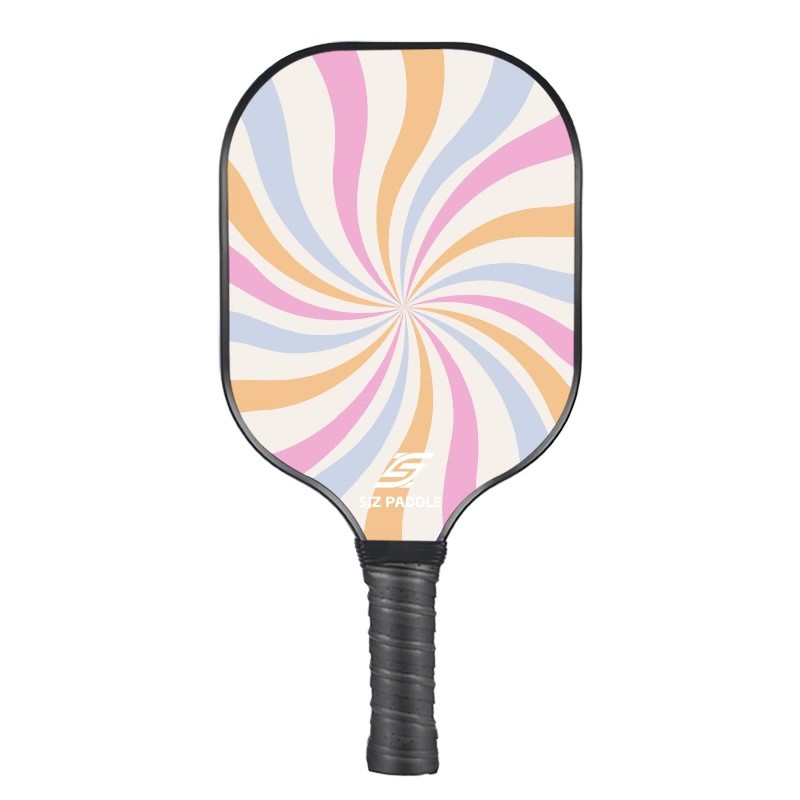
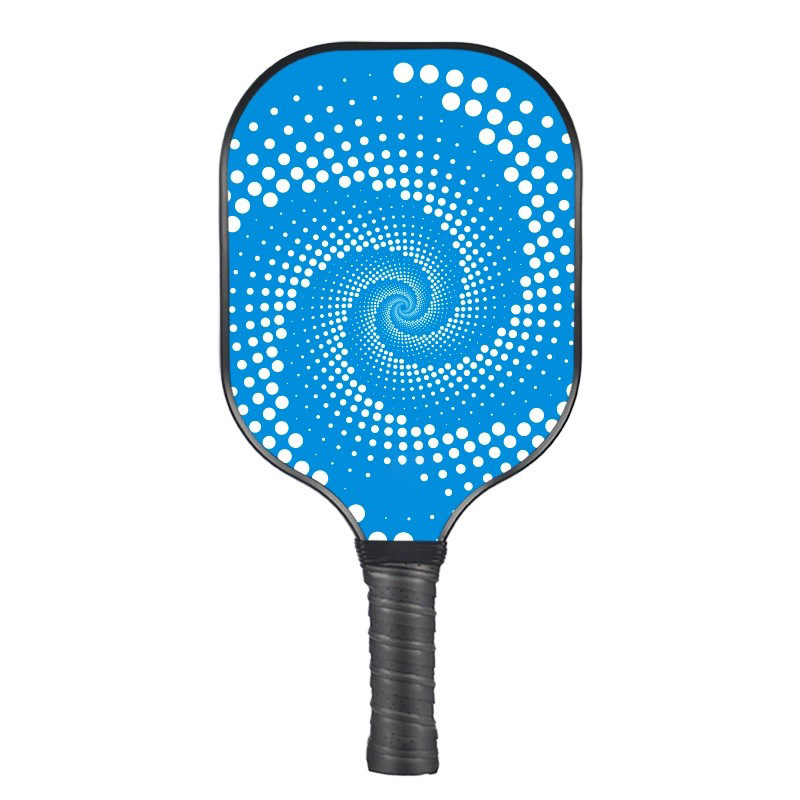


Pickleball Skills: Dink Drills for Practice
Drill 1 — Cross-Court Dink Rally
Partner up diagonally and rally dinks cross-court only.
Focus on consistency and footwork.
Aim for 20 consecutive exchanges without error.
Drill 2 — Target Zones
Place cones or markers in the opponent’s kitchen (short, middle, wide).
Try to land 10 dinks in each zone.
Enhances placement accuracy and touch control.
Drill 3 — Depth Control Drill
Alternate deep and short dinks.
Develops rhythm control and deception.
Drill 4 — Pressure Dinking
One player increases speed slightly or varies spin, while the other focuses on maintaining calm and accuracy.
Builds real-match composure.
Drill 5 — Team Kitchen Movement Drill
In doubles pairs, practice synchronized lateral movement along the NVZ line.
Reinforces spacing, communication, and balance.
These targeted exercises build touch, precision, and mental steadiness — hallmarks of high-level Pickleball skills.
Pickleball Skills: Spin and Advanced Dinking Techniques
Once you’ve mastered the basic dink, you can begin experimenting with spin and angle.
1. Topspin Dink
Brush upward and slightly forward to add topspin.
The ball dips quickly after clearing the net, reducing attack opportunities.
2. Backspin (Slice) Dink
Brush downward gently for a floating backspin effect.
Causes the ball to skid or stay low, making it harder for opponents to attack.
3. Inside-Out Dink
Hit with slight sidespin by brushing from inside to outside.
Creates unexpected curve and angles.
Adding these spins enhances your soft game arsenal — a clear sign of developing elite Pickleball skills.
Pickleball Skills: Footwork and Balance in the Kitchen
our lower body is just as important as your hands.
Stay Light on Your Feet: Always ready to move laterally.
Small Adjustments: Don’t overstep — one or two quick steps are enough.
Stay Square to the Net: Helps maintain balance and visibility.
Recovery After Each Shot: Reset to neutral stance immediately after each dink.
Efficient movement prevents fatigue and maintains consistent shot control.
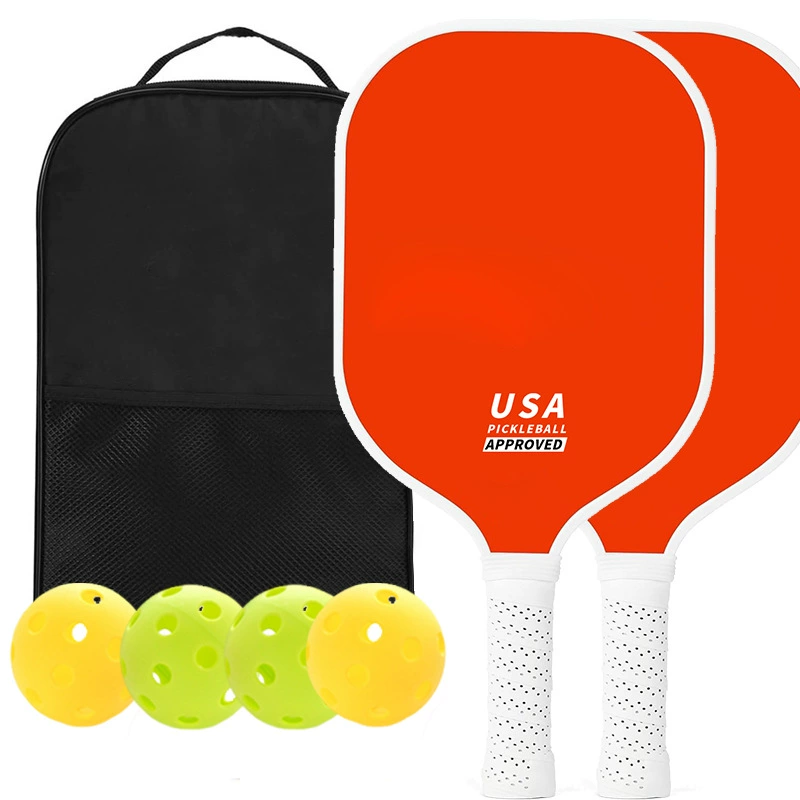
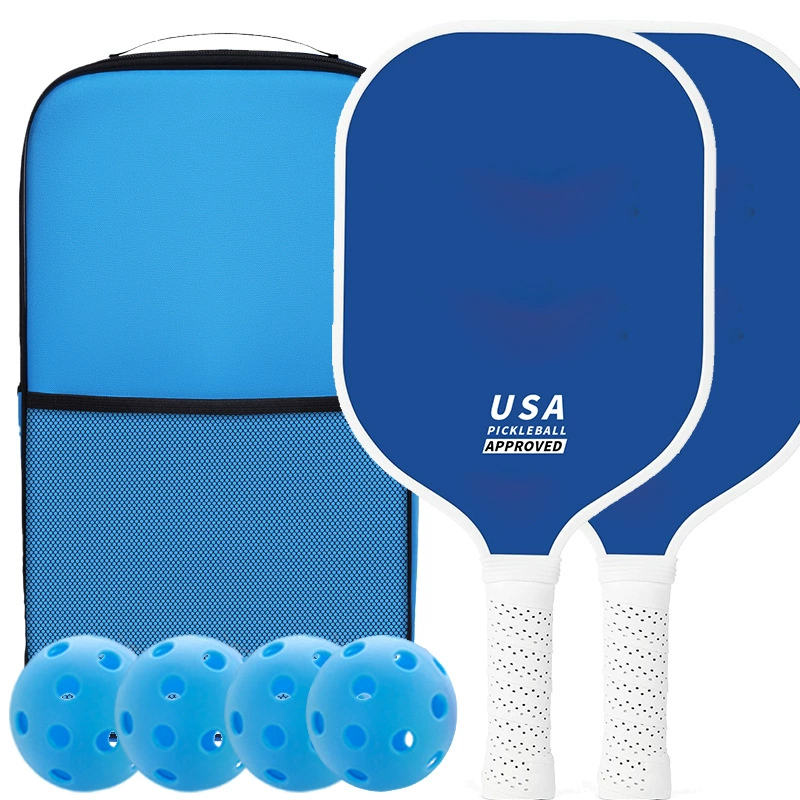
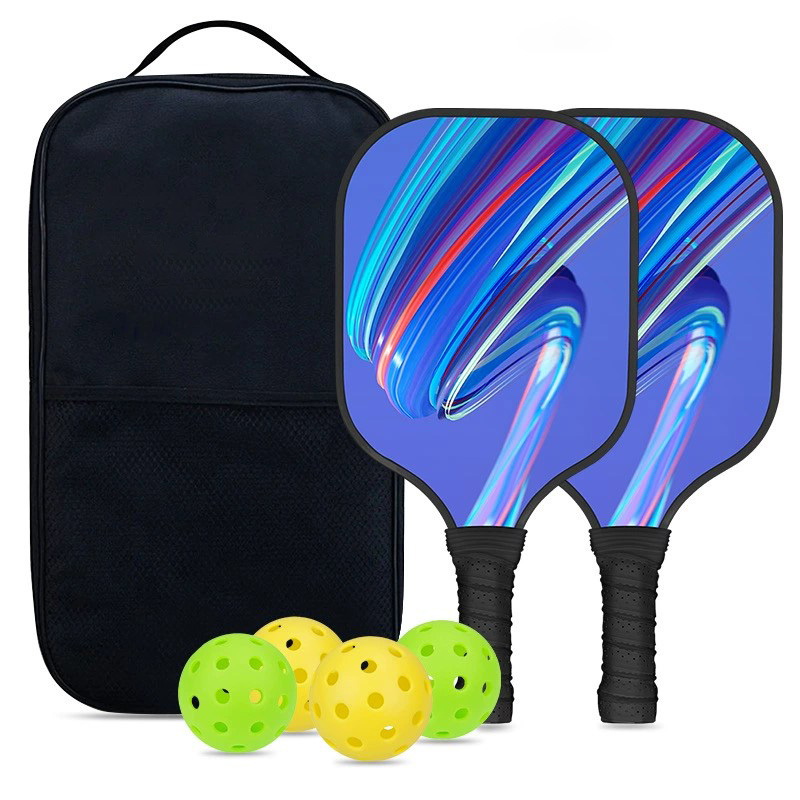

Pickleball Skills: When to Transition from Dinking to Attacking
Even though the dink is a soft shot, it’s not passive. It’s a setup for offense.
Transition cues to attack:
Opponent pops up a high dink (above net level).
Opponent overreaches or is off-balance.
Opponent’s dink lands too deep in your court, giving you time to attack.
Transition smoothly from dink to volley, using controlled aggression. Knowing when to switch tempo demonstrates elite tactical Pickleball skills.
The Dink — Where Touch Meets Tactics
The dink is the soul of pickleball. It represents everything that makes this sport unique — precision over power, patience over panic, and intelligence over instinct.
To truly control the kitchen is to control the game. By mastering this soft shot, you dictate rhythm, force errors, and build opportunities to finish points on your terms.
So the next time you step on the court, remember:
Power starts the point.
Patience wins the point.
The dink controls both.
Develop your Pickleball skills through consistency, communication, and calm control — and you’ll soon dominate every rally that begins at the kitchen line.
POM Pickleball Story
Our brand is called “POM”, and we are committed to providing high-quality sports equipment and accessories for pickleball enthusiasts. We believe that pickleball is not only a competitive sport, but also a lifestyle. It combines the characteristics of tennis, table tennis and badminton, and is suitable for people of all ages and skill levels. Whether it is a gathering with friends and family or a formal competition, pickleball can bring people closer together and enhance mutual understanding and friendship.
“POM” is full of love for the sport of pickleball and a sense of responsibility for the pickleball community. We have gathered a passionate and experienced team, and we have devoted our efforts to every link from product design to production and manufacturing. We not only focus on the quality and performance of the product, but also pay attention to making every user feel the fun of pickleball. Whether it is a beginner or an experienced player, our products can meet different needs, helping every sports enthusiast to break through themselves and enjoy the joy of the game.
Why Choose POM
HIGH END QUALITY:As one of the best pickleball seller, our QC team will ensure every single product you receive are best quality.
PRODUCT DESIGN: Our design department has complete process of making drawings into reality. We also improve your product design based on our years of working experience.
STABLE DELIVERY TIME:As one of the best pickleball manufacturer & supplier,we have sufficient manufacturing capacity, big orders won’t beat us, we can still deliver the order for you in time.
BEST PRICE: We have source factory of pickleball and accessories in China, that’s why we can provide high quality bags with best price.
PRECISE MANAGEMENT:Nothing can be achieved if we don’t implement precise management. We are a company with complete management system.
7-24 SERVICE:As the best pickleball manufacturer, 24-7 immediate response: We’ll receive your feedback to make us a better supplier. We’ll deal with any problems till you feel satisfied.contact us(+86 18902611680)
FAQs About POM
We are a Chinese top manufacturer and our factory is located in Dongguan. Welcome to visit our factory!
• We are a professional pickleball and accessories product provider. We can produce kinds of pickleballs for multi-purpose.
• We provide one-stop services and accept custom designs as your requirements.
• For those who love pickball, our products are for you, whether you are a professional pickball player, or a beginner, you will find the right product!
•Of course, usually we will provide samples for your testing. For custom printed samples, pls send your requirements to us for checking the sample cost.
• It takes about 7 days for sample production.
Yes, we provide free design services, structural design and simple graphic design with your logo.
Sure. We can do any packaging with your design. You can still have your own logo.
Bulk order depending on the order quantity and production details, it will take about 15 to 20 days.
Always a pre-production sample before mass production; Always final Inspection before shipment
• Size, material, printing details, quantity, shipping destination, etc.
• You can also just tell us your requirements and we will recommend products to you.
• By sea, by air or by express.
• If you have your own freight forwarder in China, it is the ex-factory or FOB price.
•CFR or CIF, etc., if you need us to ship on your behalf.
• DDP and DDU can also be used.
• More choices, we will consider your choices.
• The price is determined by the quantity, material, processing method, size and other factors. In addition, due to our continuous
technological innovation, the prices of some of our products are extremely competitive, please contact us to quote.
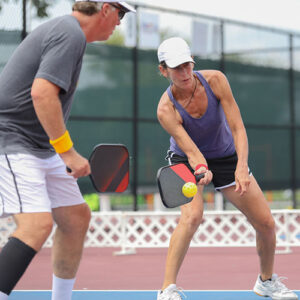
Foreign trade business director
13 years of business experience
Serve well-known brand customers
Any questions, please feel free to contact me immediately!




